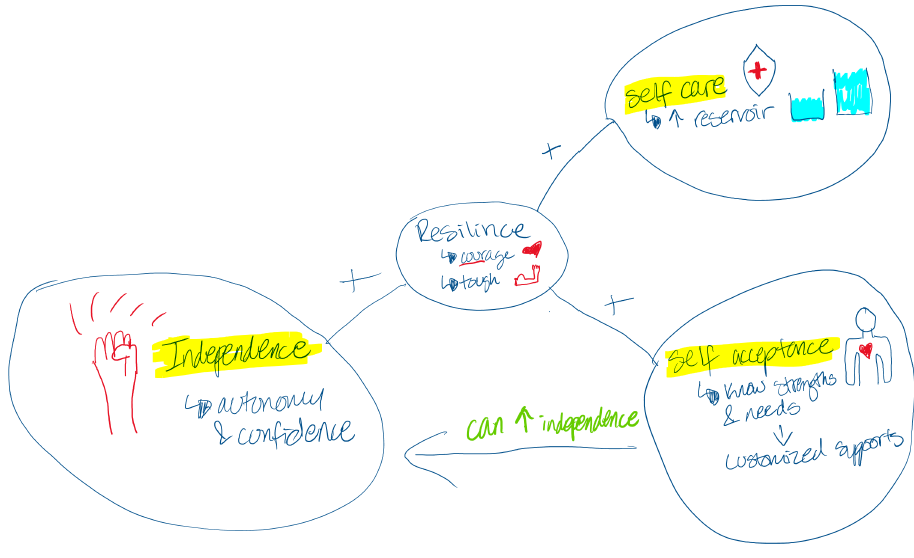This method is a step by step guide on how you can approach your readings to help you identify key concepts and important information to remember. If you frequently highlight large portions of text or copy your readings verbatim, this strategy can significantly enhance your understanding and memory for the material. Similarly, if you often get distracted while reading, having a prompt to help you search for specific information rather than passively absorbing the details can increase your ability to focus by making reading and note taking more interactive.
Advantages
-
Helps to identify the main ideas and supporting evidence
-
Creates useful notes for review later
-
Can easily practice self testing by using the questions generated
-
Minimizes the need to re-read
Disadvantages
-
Will take longer and be more taxing than passively reading, but will take less time in the long run!
Steps
-
Scan: Skim your reading and note the section headings
-
Read introductions, conclusion, summary, bibliography, chapter questions
-
Read subheadings (start to make predictions about main idea)
-
Make prediction about main ideas
-
Question: Write the headings as questions
-
Try using question words like: "how", "why", "what", "when" and "where"
-
Example: “Protective Factors for Resiliency” can become, “What are the protective factors for resiliency? How do these factors contribute to resiliency?”
-
Read & Record: Keep the question in mind while reading a particular section. You can keep your heading question in front of you as a memory aid while you read.
-
Highlight main ideas and supporting information
-
HINT: typically, the main idea is first and/or last sentence of a paragraph
-
Rephrase: try to concisely summarize each section into your own words. Try to articulate how this reading connects to other topics you’ve learned in the course.
-
Make notes in the margin (or in a note taking template like below) for summaries
-
Make note of questions you have
-
You can use prompting questions to help you reflect:
-
How does this connect to what is discussed in lecture?
-
Do you disagree with the reading?
-
What doesn’t make sense?
-
Review: actively review your notes by using a combination of the 6 most effective learning strategies.
-
Self-test: practice answering the section headings from memory. This can be written, spoken aloud, or drawn
-
Elaborate on your reading by comparing and contrasting different topics and making connections
Outline Example
-
What are the protective factors for resilience and why?
- Self-care = activities that protect your health (physical/mental/social)
- ↑resilience -> better able to cope with stress as you build up a reservoir of energy
- Self-acceptance = accepting all attributes without judgment
- ↑resilience -> knowing strengths and needs will help in selecting resources and strategies that work best for the individual
- Independence = able to organize, make decisions, or act without requiring constant involvement of other people
- ↑resilience -> give self autonomy and confidence in one’s abilities
Table Example (Template SQ4R Table.docx)
|
Questions (turn every heading into a question; can also be questions you have about the topic) |
Supporting points
(write down the answer to the question you find in the text) |
Summary & reflection
(paraphrase in your own words) |
|
What are the protective factors for resilience and why?
How similar? How different? |
|
What do these have in common?
How are these different?
|
Mind Map Example
